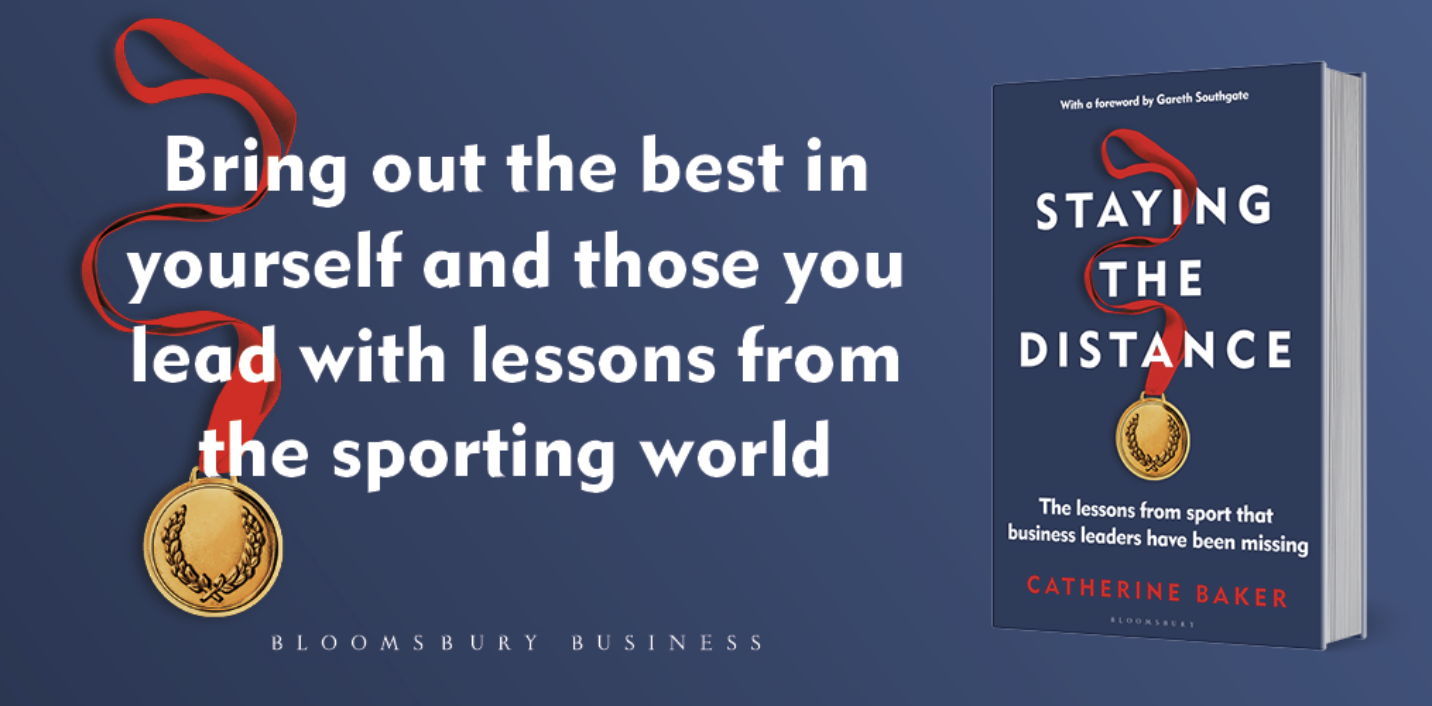Being a sports coach today is a lot more complex in terms of expectations than it was even a decade ago. As in teaching, you’re often faced with a myriad of different personalities, levels of parental involvement, diverse skill sets, psychological baggage (yours too!) and pressure to excel in spite of all that. Kudos to you for sticking it out anyway because you love the game, and the work with athletes! And, if you’re at all wise, you know the lessons learned in sport will enhance the chances of a worthwhile life for athletes long after the playing is over.
So how far do you go to ensure the success and well-being of your team?
This is an important question, because it helps coaches to define their boundaries. All good relationships have healthy boundaries, and the relationship between a coach and the team is no exception. The answer to “how far will you go?” directly relates to another key point to consider: Why am I coaching? By the way, there is no correct answer to this one- it’s just imperative that you are clear about why, because your answer will dictate every interaction you have with every athlete on your team. Your response to each player’s attitude, energy, discipline and performance is all a reflection of what you want from this coaching experience. In other words, it’s all about YOU. If you can’t take ownership of this reality and recognize the potential impact you can have on people, another profession might be in order.
Happily, many coaches are in the game because they truly love sport and its opportunities to set high standards and surpass them. Competition is energizing, team efforts are rewarding, and helping a whole generation of young people develop into confident, strategic, disciplined and passionate people is…well, FUN.
So what do you do when someone on your team is not “doing their job” and messing with your team’s efforts to win? Your response to this dilemma totally depends on the answer to those earlier questions:
Why am I coaching? And how far will I go to ensure success? Since we’re talking about mental health issues in this toolkit for SAMHI, let’s use the example of high potential athletes who fall prey to genetics and experience in their young adult years, and suffer with depression, an eating disorder, bi-polar disorder, or anxiety. Playing at the varsity level is going to be a challenge, but if handled appropriately, it can turn into the perfect opportunity to develop skills that will benefit your team now, and the athlete’s life forever! Not a bad legacy for a coach to leave upon retirement.
If, on the other hand, the coaching does not revolve around development of players, then it’s certainly easier to rationalize not investing in the person you find more challenging on the team. The tone you set, the expectations you articulate, and the attitudinal response you show to their struggle will not only affect the individual, but the rest of your team as well. They are taking their cues from you, and if they see that you are not open to going further, they won’t either. So how far should you go? Only you can answer this one based upon your values.
Here are some tips that may help you discern an appropriate course of action:
1.Know your athletes as people. What motivates them? What kind of learners are they?
2. When a new athlete joins the team, make note of the baseline levels of their technical AND mental/psychological skills. If you don’ know how to assess these, get a professional to assist.
3. As the season progresses, notice any patterns that begin to change. What’s going on with the Post who was racking up 20 points a game and is now distracted and angry when she’s on the court?
4. Use your captains- and if you don’t have any, get some! They are invaluable in terms of being aware of team dynamics that can wreak havoc with your chances of success. They also have ways of resolving things that are not within your control.
5. Educate yourself (and your team) about physiological and psychological health and how to maximize it. Be familiar with the sorts of conditions/experiences that your particular age group is affected by. Again, you don’t have to be the expert at everything. (God help the team who expects me to show them how to improve their jumpshot!) Bring in resources to add to the mix.
6. Finally, know what’s out there in your community that can help you- and your athletes- carry out the mission- ie to WIN. Thanks to SAMHI, people are becoming more aware of the abundance of resources available across Canada and the US. Here in Ottawa we have sports psych professionals, doctors, psychiatrists and an assortment of people keen to support the hard work of coaches. USE them.
My final words on coaching: Thanks for your commitment to our kids. Parents and coaches have something in common. We both benefit from getting others involved in the care of our athletes.
I hope you will keep coaching as long as it feeds your soul!
Bio: Kelly Adams M.Ed (psych) ACC (International Co- Active Coaches Federation) has been actively involved with sports teams for more than a decade, beginning with club basketball teams (Ottawa Shooting Stars) and moving on to the Ontario JUEL League teams, Carleton Ravens Women’s team, St. Francis Xavier X-Women (Halifax) Algonquin Thunder Basketball and Volleyball teams (Ottawa), Memorial University Seahawks (NL), and currently her first Mens team at a Cejep in Quebec.
Her previous background in competitive tennis and her degree in Music Performance have made her a valuable resource in terms of teaching performance preparation and mind mastery skills. She also has a Masters degree in Educational Psychology/Counselling, and this unique combination enables her to assist individuals, teams and coaches in working through issues that may be preventing them from reaching maximum performance potential. Kelly was a key component of the success of Algonquin Thunder Women’s Basketball team (four time Provincial Champions) from 2010-2014. Her sports psych work with athletes focuses on affirming key strengths, setting individual and team goals, encouraging ownership of performance results, and utilizing visualization exercises, yoga breathing, and positive self- talk as tools to promote the attainment of performance goals.















